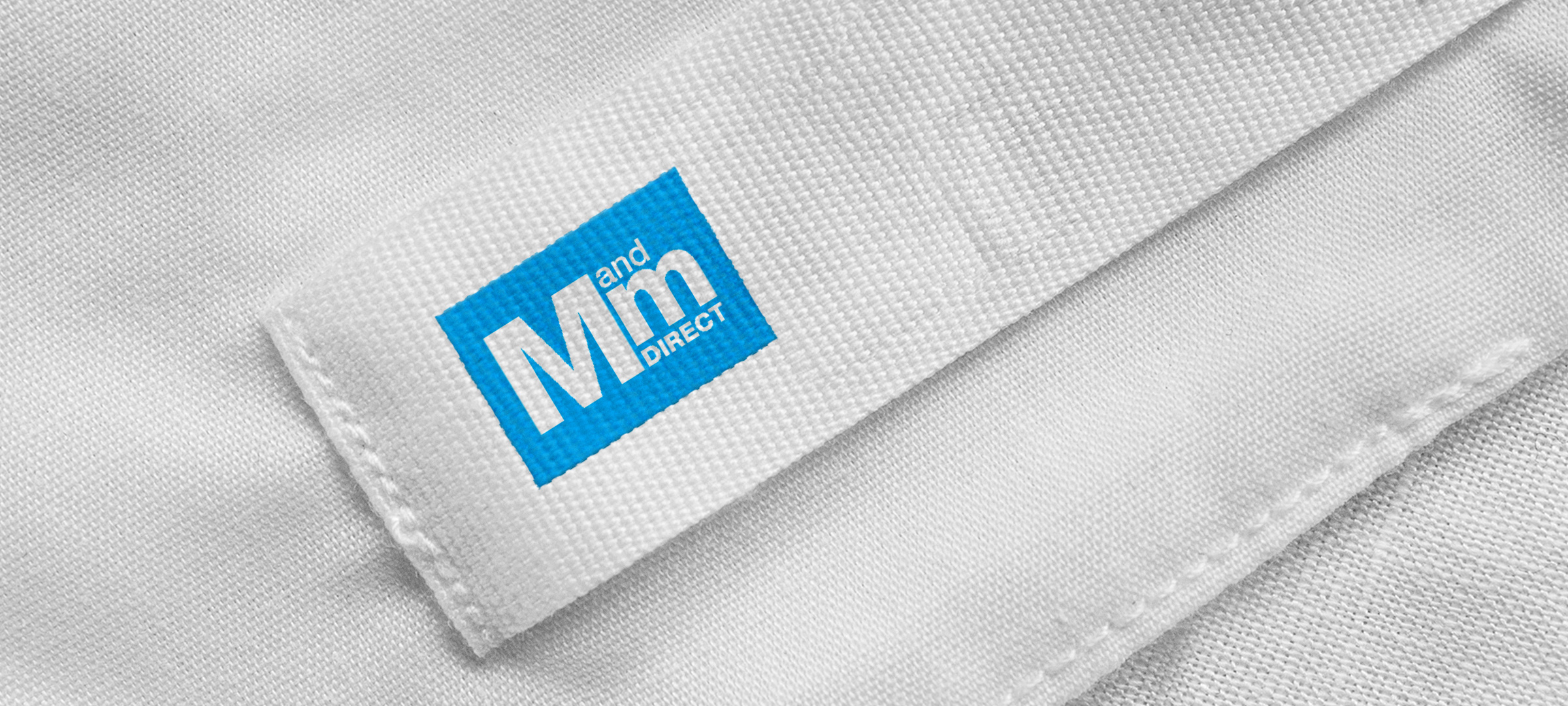Evolving technology and greater choice have empowered consumers to mix and match with many brands, making it increasingly difficult for brands to breakthrough. When Tiffany & Co. noticed a decline in search interest, they decided to take action. Learn how the jewellery brand tackled this challenge and grew their shopping revenue by 35%.
Evolving technology and greater choice have empowered consumers to mix and match with many brands, making it increasingly difficult for brands to breakthrough. When Tiffany & Co. noticed a decline in search interest, they decided to take action. Learn how the jewellery brand tackled this challenge and grew their shopping revenue by 35%.
The business challenge
After noticing a decline in search interest, Tiffany & Co. tasked Wavemaker Global with strategically investing in underdeveloped categories to diversify their campaign and channel revenue mix.
The approach
Tiffany’s wanted to develop a framework that could be quickly rolled out to global markets, so the Wavemaker team set out to pioneer and test new initiatives that would deliver significant change to Tiffany’s customer acquisition online.
Wavemaker identified Shopping campaigns as an important growth opportunity. Tiffany’s had run limited Shopping campaign activity previously, but the team opted to go back to basics and rebuild the feed from scratch. This allowed them to categorise products and materials accurately in the feed so Tiffany’s could capitalise on relevant search intent and increase sales. They focused on optimising three core areas:
1. Feed logics
Implementing manual overrides and introducing feed logics enabled Wavemaker to improve categorisation by product and material. In this way, they increased the likelihood of the feed triggering relevant search queries and maximised the chances of a conversion.
2. Custom label framework
Wavemaker collaborated with the Tiffany’s marketing team to create a sophisticated custom label structure, organising products in the feed into bestsellers, non-bestsellers, and by price point. This helped them to efficiently allocate budget, optimise towards conversions, and gain useful product performance insights.
3. Campaign structure
The team introduced a new campaign structure to support both brand and generic traffic sources, strategically splitting out traffic streams through campaign priority settings, allocating negative keywords, and segmenting campaigns by cost per click. These measures allowed them to direct traffic to the appropriate campaign and effectively prospect through the channel.
The results
Be more relevant to impact on results

Tiffany’s and Wavemaker paused the brand’s unoptimised Shopping feeds and launched the new feeds across the key markets of the UK, Italy, Germany, and France. After one month, the new approaches saw the contribution of Shopping campaigns to the overall revenue mix rise by 16% year over year. Comparing the same period, Shopping ads appeared in 48% more search queries – amounting to 74 million additional searches. In turn, the new campaigns achieved a 52% increase in clicks and traffic through to the site.
By improving relevancy, the average cost per click for Shopping campaigns fell by 31%. The team used the cost savings to obtain larger volumes of incremental traffic, without unnecessarily increasing the overall spend (spend went up by only 4%). The influx of qualified traffic to the site not only improved efficiency, but also increased profitability. Order volumes went up by 29%, which resulted in a 35% increase in revenue, a 29% increase in return on ad spend, and a 19% drop in cost per acquisition for Tiffany & Co.
“Our newly launched campaign structure played a pivotal role in improving our profitability, enabling us to manually optimise and allocate budget towards our best converting product groups and price points,” explains Georgina Storey, Account Manager at Wavemaker. “Through strategic cost per click segmentation we could better support generic campaigns, successfully leveraging the visual nature of the channel to widen our prospecting efforts without negatively impacting our return on ad spend.” At the same time, Wavemaker made the most of the flexibility to bid more aggressively for their most valuable segments to remain competitive and boost their impression share across the channel.
“To date, our optimisation across shopping campaigns has been entirely manual,” Account Manager Georgina Storey affirms. “Moving forward we’d like to test and take advantage of machine learning capabilities available in Search Ads 360 to optimise, test, and improve campaign performance through automated strategies.”
Key takeaways for your business

What's your business challenge? Download our Search Excellence Playbook to find what matters to you. Learn from our four focus areas 'Grow my business', 'Measure success', 'Increase market share' and 'Spend more efficiently'.





